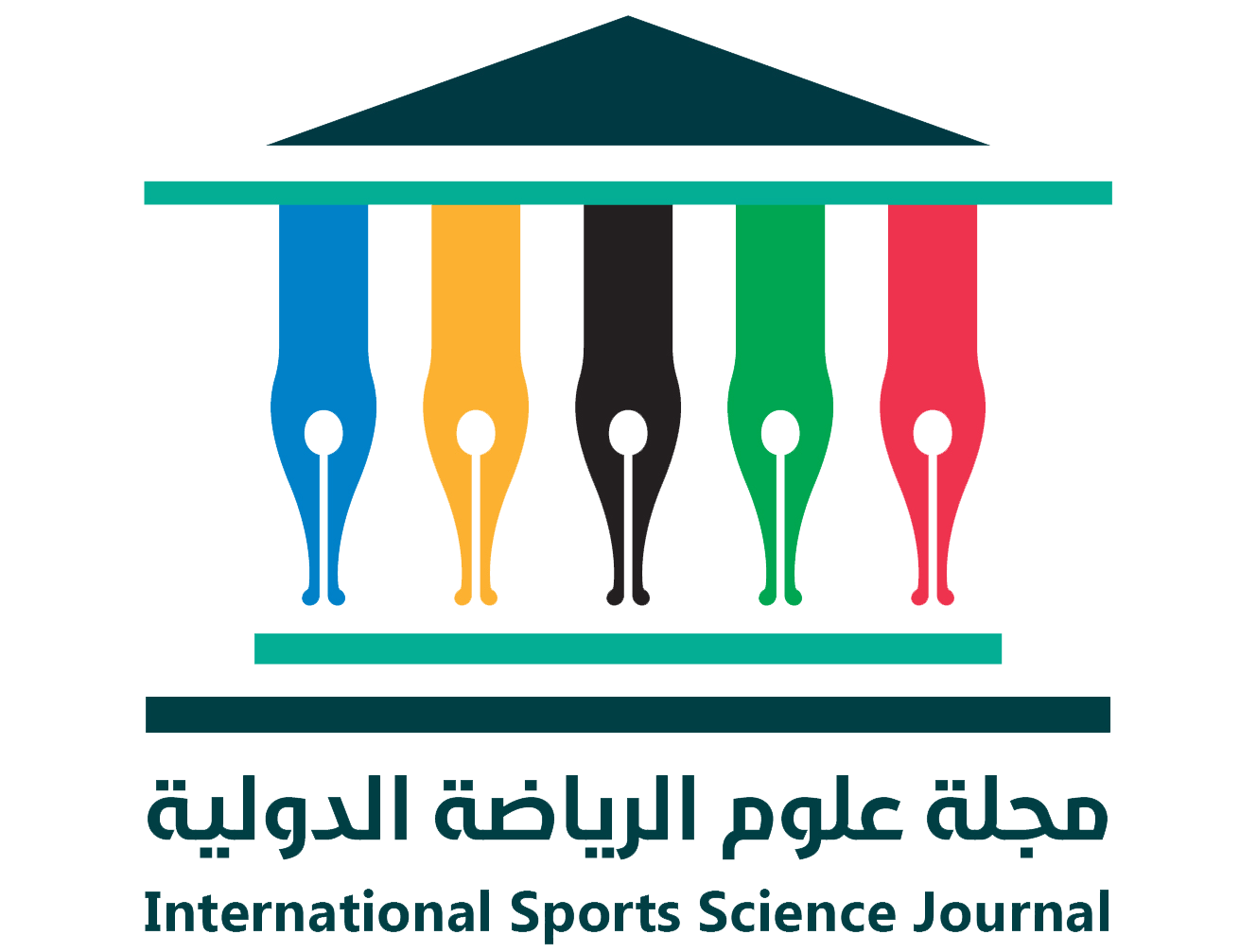The training load and its effect on the levels of free radical concentrations and their enzymatic antioxidants according to energy production systems.
DOI:
https://doi.org/10.71377/pc25s695Keywords:
Training load, Concentrations of free radicals and their enzymatic antioxidants, Energy production systemsAbstract
The study aimed to determine the effect of training load on measuring the levels of reactive oxygen species (ROS) and the enzyme (SOD) according to the energy production systems of the third sports events. The descriptive method was used due to its suitability and the nature of the phenomenon to be studied. The research community consisted of players from the Iraqi national youth teams under the age of 20, for the sports events (athletics, fencing, cycling, with a focus on aerobic capacity levels). The study concluded with the following key findings. Free radical tests were recorded. Aerobic systems were characterized by an increase in (ROS) compared to anaerobic systems due to the training load. The tests recorded a significant decrease in the level of the antioxidant enzyme superoxide dismutase (SOD), as the anaerobic systems showed a lower (SOD) compared to the aerobic systems due to the training load. One of the most important recommendations is to conduct regular examinations to confirm the health status of athletes, and the necessity of adopting a nutritional program that complements the training curricula and integrating both to enhance the training condition.
Downloads
Downloads
Published
Issue
Section
License
Copyright (c) 2025 International Sports Science Journal

This work is licensed under a Creative Commons Attribution-NonCommercial-ShareAlike 4.0 International License.










